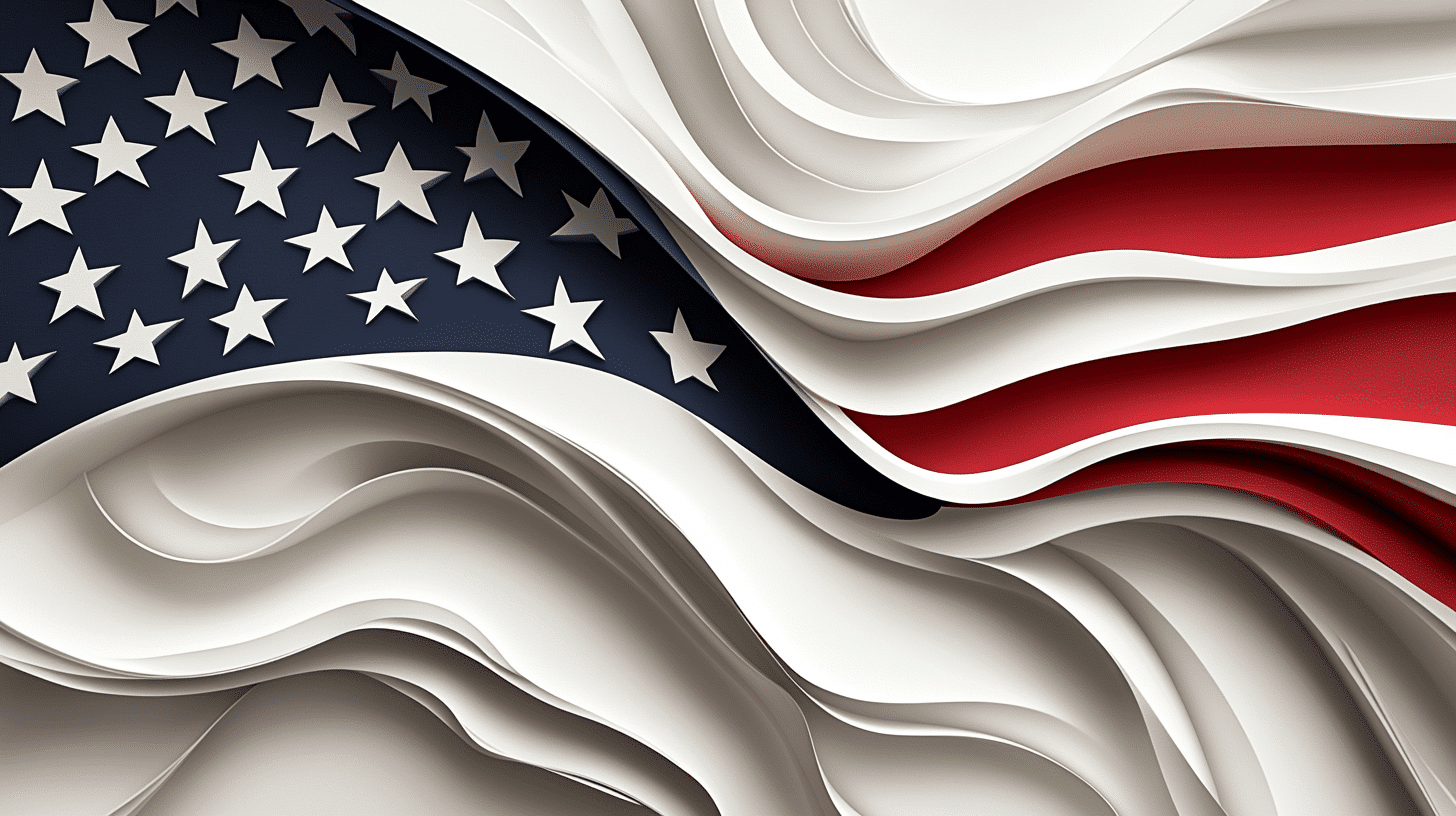What is Native American Day?
Native American Day is celebrated annually on the fourth Friday of September in California and Nevada to honor the history, culture, and contributions of Native Americans. This day recognizes the significant impact Native Americans have had on the history and culture of the United States, while also raising awareness about the ongoing struggles and achievements of Native communities. Some states, such as South Dakota, observe it on the second Monday of October, replacing Columbus Day to emphasize the importance of indigenous peoples’ history and rights.
The day provides an opportunity for people to reflect on Native American heritage, participate in cultural events, and learn about the contributions Native Americans have made to the nation.
History and Origin
The first formal Native American Day was established in California in 1968, with the initiative being championed by then-Governor Ronald Reagan. It was later declared a holiday by the state legislature. Over time, the day has grown in significance and spread to other states, including Nevada and South Dakota. South Dakota was one of the first states to replace Columbus Day with Native American Day, shifting the focus from celebrating European colonization to honoring the people who originally inhabited the land.
The day is a reminder of the resilience of Native American communities and a celebration of their rich cultural heritage, achievements, and contributions to society.
Who Celebrates Native American Day?
- Native American Communities: Indigenous peoples across the United States celebrate by participating in traditional ceremonies, cultural events, and educational activities.
- Schools and Universities: Educational institutions use this day to teach students about Native American history, culture, and the current issues facing indigenous communities.
- Cultural Organizations: Museums, libraries, and other cultural organizations host exhibits, lectures, and performances to highlight the diverse cultures of Native American tribes.
- Government Agencies: States that recognize Native American Day hold official events and provide platforms for tribal leaders to speak about Native American rights and heritage.
- The General Public: People who wish to honor Native American history and learn more about indigenous cultures participate by attending events or visiting Native American landmarks.
Slogans and Themes
Slogans and themes for Native American Day often focus on cultural preservation, awareness, and respect for Native American contributions. Themes like “Honoring Our Heritage” and “Celebrating Indigenous Strength” highlight the importance of respecting Native American traditions and the resilience of these communities.
Colors, Symbols, and Patterns
- Colors:
- Red: Symbolizes the strength and heritage of Native American people.
- Green: Represents the connection to nature and the environment, which are central to many Native American beliefs.
- Yellow: Signifies the spiritual aspects of Native American culture, often used in ceremonies and celebrations.
- Symbols:
- Feathers: Often associated with wisdom, freedom, and spirituality in Native American cultures.
- Dreamcatchers: A well-known symbol of protection and harmony in Native American tradition.
- Totem Poles: Representing family heritage and spiritual beliefs, commonly seen in Native American communities.
- Patterns:
- Geometric Designs: Used in Native American artwork, reflecting traditional patterns found in textiles and pottery.
- Animal Motifs: Many tribes incorporate animals into their symbolism, reflecting the importance of wildlife in their cultures.
- Nature Patterns: Patterns inspired by the land, rivers, and mountains that are sacred to many Native American tribes.
Most Used Hashtags
- #NativeAmericanDay
- #IndigenousCulture
- #HonorNativeHistory
- #IndigenousRights
- #NativeAmericanHeritage
How to Celebrate
- Attend a Cultural Event: Visit a local museum or cultural center to participate in Native American dances, music performances, or art exhibits.
- Learn About Native History: Take the time to read or watch documentaries on Native American history, understanding their struggles and contributions to the country.
- Support Native Businesses: Buy goods from Native American artisans or support Native-run businesses to help promote economic development in indigenous communities.
- Advocate for Indigenous Rights: Use this day to raise awareness about the current issues Native American communities face, including land rights, sovereignty, and health disparities.
- Visit a Native American Heritage Site: Explore Native American landmarks and historic sites to learn more about their history and connection to the land.
Importance of Native American Day
Native American Day is essential for acknowledging the contributions and resilience of Native American communities throughout history. It emphasizes the need for cultural preservation, education, and the importance of honoring Native Americans’ ongoing struggle for rights and recognition. This day helps promote cultural awareness and encourages people to reflect on the deep roots that indigenous peoples have in the United States, fostering respect and appreciation for their heritage.
Fourth Friday of September: Native American Day (United States)
Why do you keep falling for the same type?
Read the article Lovemaps: the hidden blueprint of our love.

